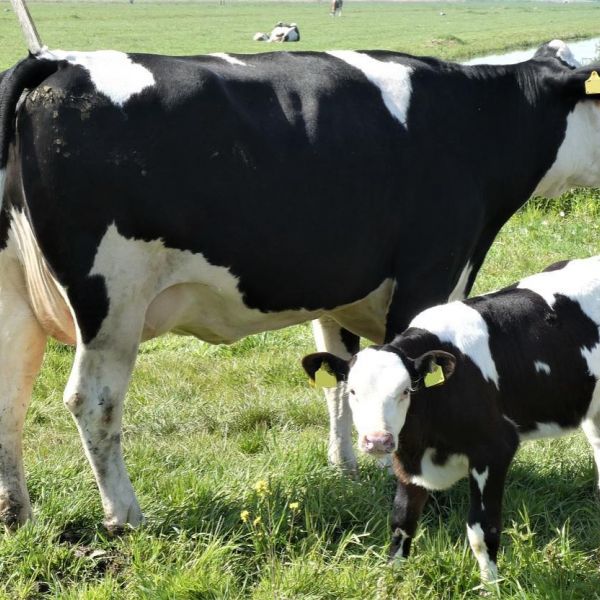News

Dec 12, 2024
Center for Socially Responsible AI awards seed funding to seven diverse projects
The Penn State Center for Socially Responsible Artificial Intelligence (CSRAI) has announced the results of its most recent seed-funding competition.
Full Article

Aug 02, 2024
Penn State researchers receive USDA-NIFA grant to study male cattle genetics
The U.S. Department of Agriculture (USDA) has awarded a grant to a team of researchers in the Penn State College of Agricultural Sciences to study the genetic mechanisms underlying the development of the testis, the male organ that produces reproductive cells, in cattle and its role in sperm production.
Full Article

Jun 25, 2024
Got prunes? Prunes may preserve bone density and strength in older women
Dairy isn’t the only food that’s good for bone health. Prunes may also protect bone structure and strength in postmenopausal women, according to a new study led by Penn State researchers. The findings, published in Osteoporosis International, suggest that daily prune consumption slows the progression of age-related bone loss and reduces the risk of fracture.
Full Article

May 14, 2024
Nikki Crowley named director of Neuroscience Institute at University Park
Nikki Crowley, assistant professor of biology and of biomedical engineering and Huck Early Career Chair in Neurobiology and Neural Engineering, has been named director of the Penn State Neuroscience Institute at University Park.
Full Article

Dec 07, 2023
New USDA grant to support graduate reproductive microbiome training program
The USDA NIFA has awarded Penn State a five-year, $238,500 grant to establish a graduate training pipeline in reproductive microbiome research.
Full Article

Oct 24, 2023
Gene integral to initiating, sustaining sperm cell development identified
With male infertility a mounting global concern impacting approximately 12% of men, a Penn State research team has discovered a gene that plays a key role in initiating and sustaining spermatogenesis. The finding may open a door for future therapies to boost sperm counts.
Full Article

Aug 15, 2023
Newly identified protein function may reveal understanding of lifetime fertility
A protein in mouse ovaries regulates the formation of the ovarian follicle reserve, which comprises a mammal’s lifetime supply of egg cells and surrounding support cells, according to new study conducted by a U.S.-Canadian team.
Full Article

Jul 11, 2023
Animal scientist receives USDA grant to study reproductive dysfunction in cattle
A Penn State animal scientist has received a $650,000 grant from the U.S. Department of Agriculture to lead a team conducting research on reproductive dysfunction in cattle.
Full Article

Jun 15, 2023
Penn State dairy cattle geneticist finds mutant gene threatening Holstein calves
In the fall of 2020, when Chad Dechow got a call from veterinarians in New York describing a strange condition affecting Holstein calves on two farms under their care, he was unfamiliar with the condition that came to be known as calf recumbency.
Full Article

Jan 04, 2023
Chronic inflammation may lead to low milk production in breastfeeding moms
Eighty percent of mothers breastfeed their newborns, but only 25% breastfeed exclusively for the six months recommended by United States Dietary Guidelines, according to the Centers for Disease Control and Prevention.
Full Article